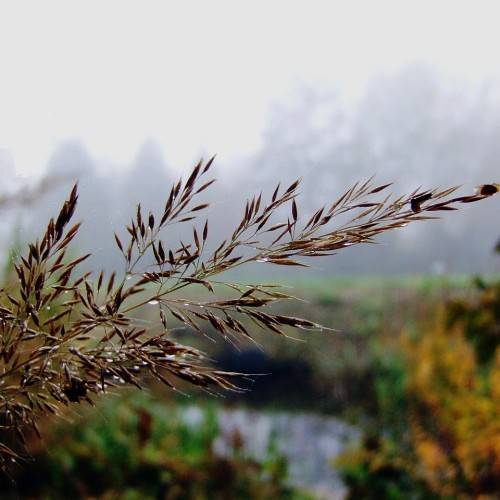
Pickering's Reed Bentgrass
Calamagrostis pickeringii
Watering:
Frequent
Hardiness Zone:
Sun:
Sun
Soil:
Sand
Leaf:
Yes
Growth Rate:
Low
Salt Tolerant:
Yes
watering
Plains Reedgrass (Calamagrostis montanensis) should be watered deeply once a week during hot, dry weather. When watering, it is important to soak the soil to the root zone, approximately 8-10 inches deep. During cool weather, watering can be reduced, but during hot weather it is important to keep it consistently moist, without over-saturating the soil. In addition to regular watering, give the grass an occasional deep soaking--no more than once a month--to help the roots reach deeper into the soil. Following regular watering, allow the grass to dry completely, which helps to stave off disease.
sunlight
Plains Reedgrass requires full sun to partial shade for optimal growth and development. It should receive at least 6 hours of direct sunlight each day. The optimal amount of sunlight is 8-10 hours of direct sunlight each day. The best time for Plains Reedgrass to receive the most sunlight is from mid-morning to late afternoon. Avoid direct sunlight in the early morning and late evening as this can scorch the plant.
pruning
Plains Reedgrass (Calamagrostis montanensis) should be pruned once a year in fall or winter. Generally, cut the tips of the old flowering stems down to the basal foliage. This will promote new growth and allow the plant to maintain a tidy appearance. Additionally, pruning away the dead and damaged stems can help the plant to better retain moisture and increase the overall health of the plant.
